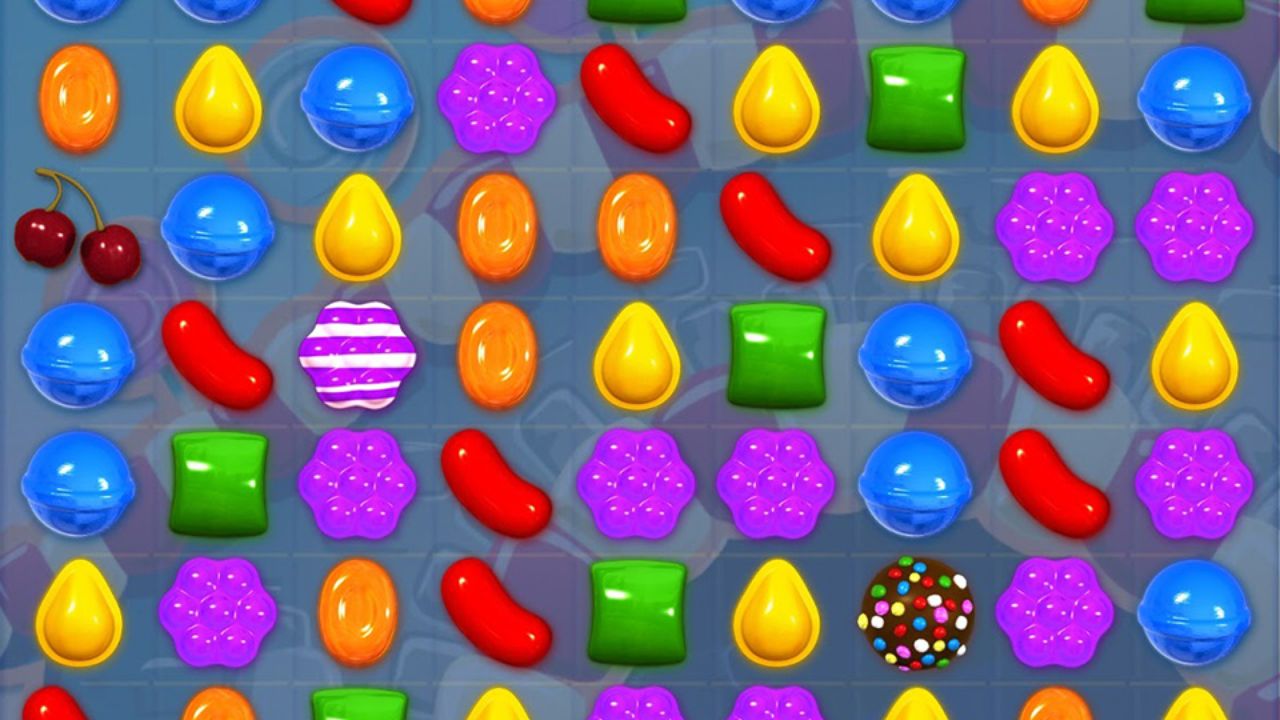Business Tech
‘How forecasting scaled Candy Crush – and inspired me’
By ANGUS LOVITT, Ramp CEO
Chances are you have played the ‘divine’ mobile game, Candy Crush, by King Digital Entertainment. With billions of downloads and more than $10bn in gross revenue since its launch in 2012, it’s a worldwide gaming phenomenon. But was it always destined to be?
New installs had flatlined at 15% of their eventual peak soon after launch. If installs remained at these lower levels, it may not have become a household name. The game only ignited like a rocket when we started spending over $1m USD a day on marketing.
How do you convince C-suite and board members to increase your marketing budget from roughly $15m to $350m per annum? By simply forecasting the future of the company with predictive analytics.
Early 2013, Candy Crush had recently launched and its creator King was sitting on a circa $100m annual revenue run rate. I presented to the board a forecast that showed how CCS was going to gross $2.03bn for the calendar year – 20 times higher. You could have heard a pin drop in that boardroom.
I went on to state that this could only be achieved if we were allowed to flexibly spend our marketing budget to hit strict return on investment (ROI) targets. In short, we got the board to agree to investment parameters. Not a fixed marketing budget. King ended up grossing $1.94bn that calendar year.
How did we come to this “relatively” accurate prediction from the low base we were at?
Firstly, we had a granular understanding of user behaviour and how much people would spend through a process known as cohort-based forecasting. Cohort-based forecasting can tell you how big your product or service can scale, but also how much you can afford to pay for customers.
Every single business in the world has customers, and you can draw a mathematical equation for them around three pillars: the number of new users, how well you retain them, and how well you manage to extract money from them. It’s the same framework for pretty much every business.
Secondly, we had a good understanding of what it costs to acquire customers via paid marketing and how that cost will change as you add an incremental marketing budget. We call this the price volume curve.
The combination of these two things resulted in a forecast that showed the board not only that they were going to make their marketing money back, but also what each financial quarter was going to look like along the way.
Providing that sort of confidence loosened the purse strings and put King on an entirely different growth trajectory.
And here’s the thing. The Candy Crush story wasn’t a fluke. We have found repeated, game-changing success in applying our approach to many different businesses in industry sectors.
I could tell you about the time we predicted the success Small Giant Games when it was almost at zero in revenue to over $250m per year. I could also tell you about the time we quintupled the number of new users to the online store of a leading make-up brand. The list goes on.
Today, armed with our forecasting crystal ball, we are trusted by big names in Venture Capital and Private Equity to forecast – and hence de-risk – their investments.
As much as I love making investment bankers rich, the goal here at Ramp is to build an analytics SaaS platform that puts our capability into every consumer-facing business.



















